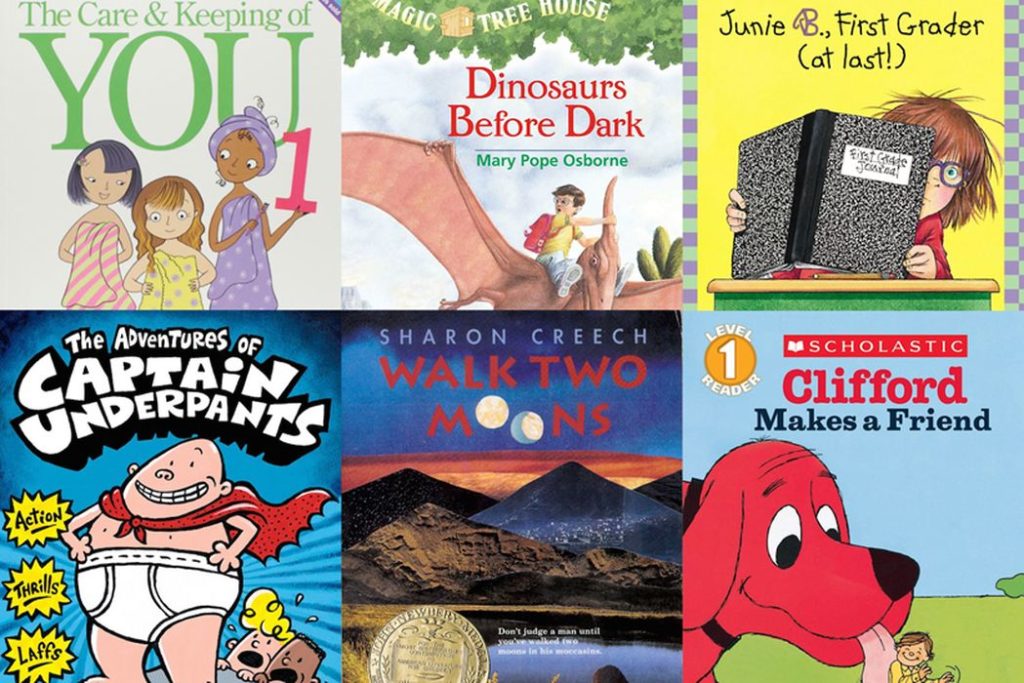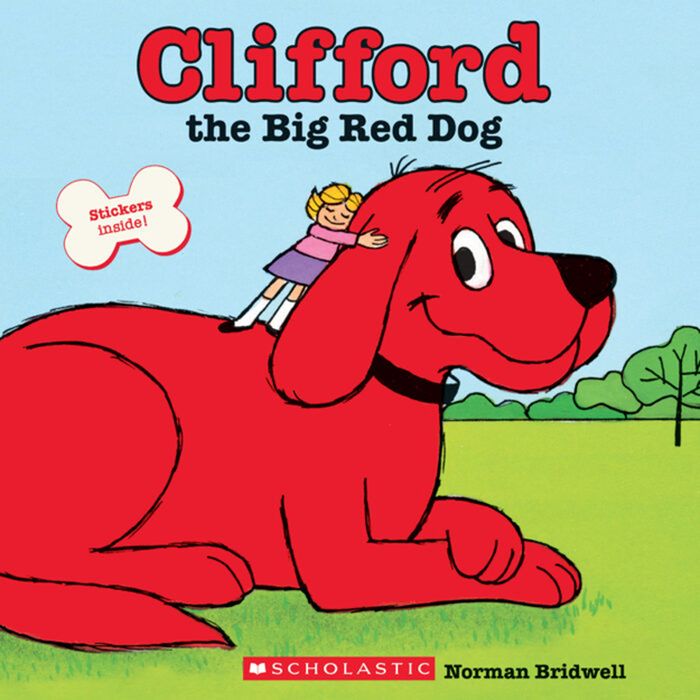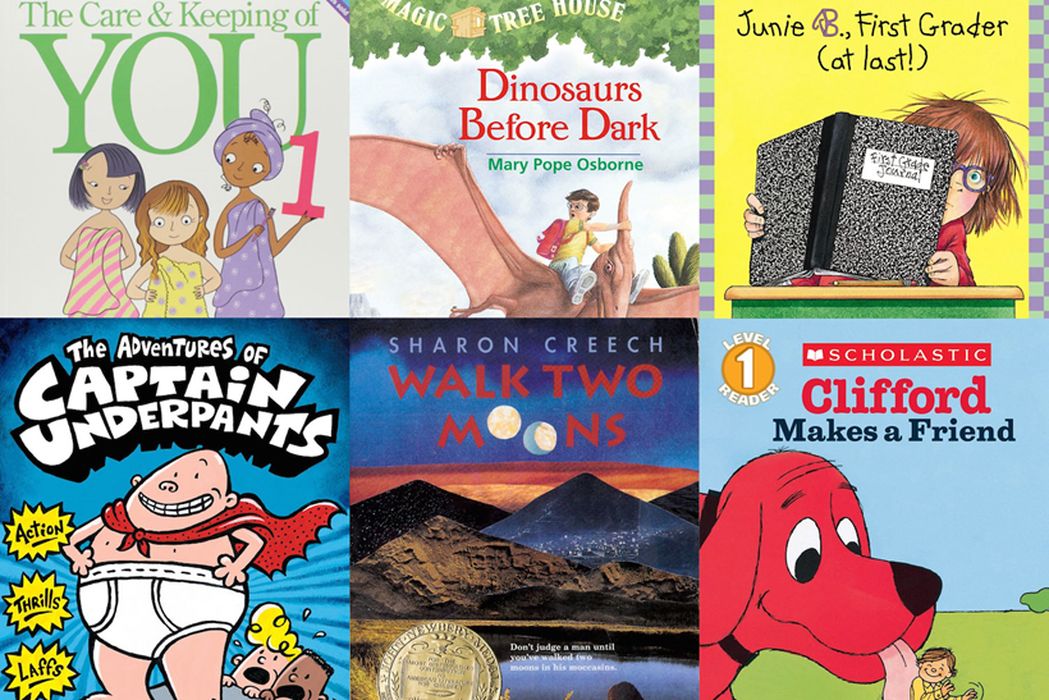
Charles R. Goulding and Preeti Sulibhavi see an opening for additional 3D printing.
There is a succession drama playing out and it is not a Shakespearean play. It is happening at Scholastic, the storied children’s publisher, and Robinson family empire.
Richard Robinson, Jr., the chairman and CEO of Scholastic, surprised everyone by bequeathing 53.8% of Scholastic’s Class A stock to his long-time employee, Iole Lucchese (overlooking, somewhat, his sons and former wife). Ms. Lucchese had made her mark in the company over 30 years, rising from junior employee in the Canadian market to one of its top executives – now a controlling member. She is undoubtedly one of the most powerful women in publishing.
So, what does this have to do with 3D printing? Scholastic is responsible for bringing beloved characters like Clifford, the Big Red Dog, Captain Underpants, and Harry Potter to children (and adults) worldwide.

Notable Characters from Famous Scholastic Books and 3D Printing
There are numerous characters that readers (and movie-goers) have found places for in their hearts. Clifford, the Big Red Dog, is one of them. And marketing has not neglected to cash in on his popularity. Everything from toys and figurines, to plushies, playhouses and more, have been designed and manufactured. 3D printed versions of the beloved character have also been fabricated and websites, like Yeggi, offer printable models as well.
We have previously written about numerous avenues for 3D printing to take in regards to children’s entertainment/toys. Whether they be the Squid Game phenomena and how 3D printing can affect toy outcomes as well as how 3D printing can improve your chess game. Whether it is custom-designed toy projects playing nice with 3D printing, Legos, or toybox fostering 3D printing interest in children, there are many roles 3D printing has to play when it comes to children’s entertainment.
We have also reported on the toy industry supply chain disruption and where 3D printing has an opportunity to fill the gaps. In addition, we recommended that 3D printed toy designers aim at Target for successful marketing and distribution.
The Research & Development Tax Credit
The now permanent Research and Development (R&D) Tax Credit is available for companies developing new or improved products, processes and/or software.
3D printing can help boost a company’s R&D Tax Credits. Wages for technical employees creating, testing and revising 3D printed prototypes can be included as a percentage of eligible time spent for the R&D Tax Credit. Similarly, when used as a method of improving a process, time spent integrating 3D printing hardware and software counts as an eligible activity. Lastly, when used for modeling and preproduction, the costs of filaments consumed during the development process may also be recovered.
Whether it is used for creating and testing prototypes or for final production, 3D printing is a great indicator that R&D Credit eligible activities are taking place. Companies implementing this technology at any point should consider taking advantage of R&D Tax Credits.

Conclusion
There are many reasons that children’s entertainment and toys should be considered a valuable market for the 3D printing industry. With new ownership at Scholastic, there may be a change in that direction.

